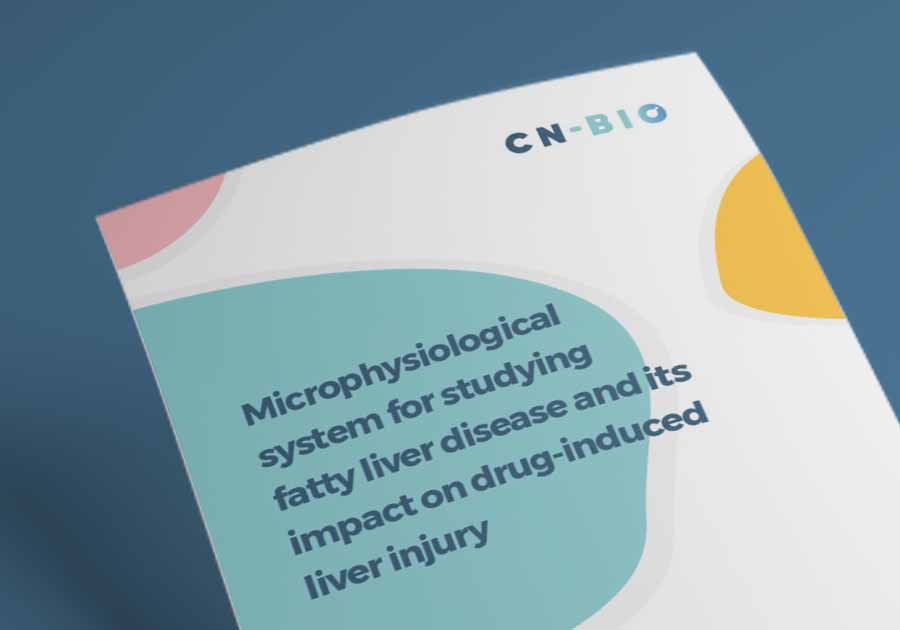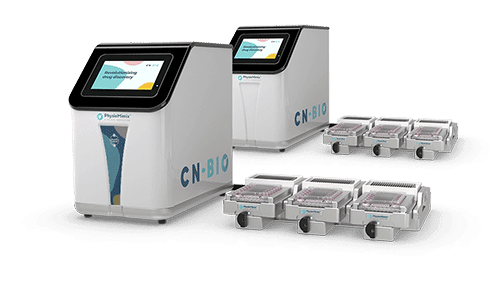Resource > Application notes >
Microphysiological system for studying fatty liver disease and its impact on drug-induced liver injury
Filed under: DILI, Disease modeling, Immune-medicated toxicity, NAFLD/NASH, and Safety toxicology

Video content if present
About this application note:
As a result of the increased prevalence of diabetes, obesity, and metabolic syndrome, non-alcoholic fatty liver disease (NAFLD) is now the most common chronic liver disease in developed countries. Using better in vitro models to fast-track therapeutic development but also accurately assess DILI risk in NASH patients ahead of the clinic is critical. Here, we show the potential of an in vitro 3D NASH model to accurately identify any DILI-associated risks.
NAFLD is a spectrum of pathologies ranging from benign hepatic steatosis through to non-alcoholic steatohepatitis (NASH), which can ultimately lead to cirrhosis and liver cancer. There are currently no FDA approved drugs for the treatment of NAFLD/NASH and there is a clear requirement for better models to understand this disease.
In collaboration with AstraZeneca.
Author Information:
Dr Tomasz Kostrzewski, Alina Miedzik & Dr David Hughes
CN Bio
Sophie Reagen, Abhishek Srivvastava, Dominic Williams
AstraZeneca, Cambridge, UK

